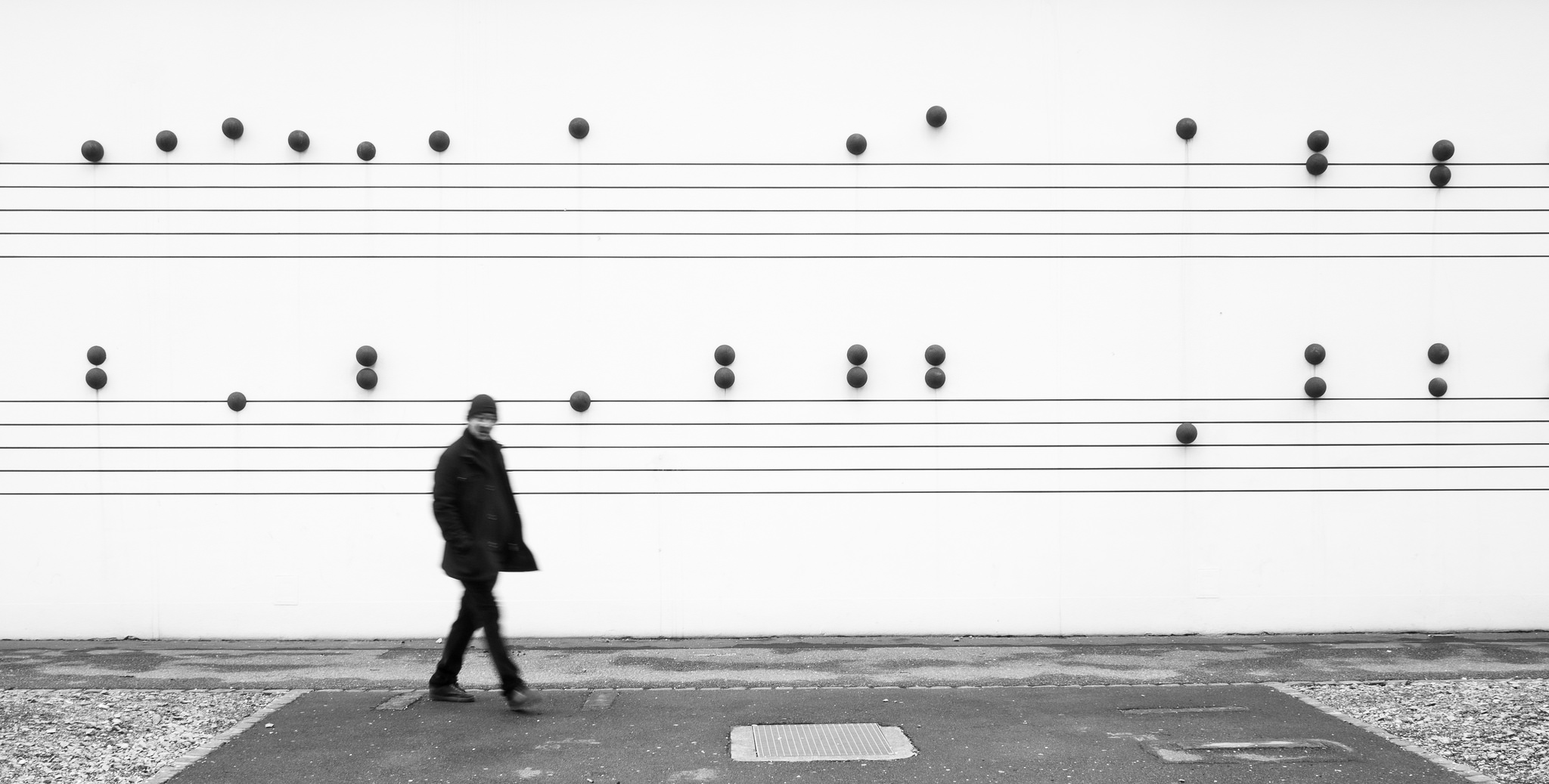Three Roads
William Coleman
 “Look for contrast, look for repetition—you’ll find your melody.”
—Larry Sayler, violin teacher, Northfield School of the Liberal Arts (2005-2009)
“Look for contrast, look for repetition—you’ll find your melody.”
—Larry Sayler, violin teacher, Northfield School of the Liberal Arts (2005-2009)
My former colleague Larry Sayler said the words above to a sixth-grader during morning convocation at my school in 2008. His topic was the sonata form. He'd just played a particularly tricky one—a late example, perhaps by Mahler—on his beloved instrument. The boy’s hand went up. He was having trouble, he said, figuring out what exactly he should listen for inside of what seemed a jumble of noises. Where was the melody? He knew it was there, for he had learned that from Mr. Sayler already. But how could he tune his ears to hear it?
Mr. Sayler’s response immediately spoke beyond the subject at hand, and has become central to the way that I teach, for it resonates with the metacognitive process that underlies the understanding of every subject at hand: the progression the ancients called the trivium.
Grammar (broadly speaking, the defining and assembling of the basic units of any subject), logic (the practice of discerning how such units interrelate), and rhetoric (the communication of what’s being discovered) is central to any search for meaning. In this way, to discern import within a given work of literature (and perhaps within any given life?), one must
—distinguish and define individual “grammatical units” within the work itself (in the language of music, these take the form of notes and measures, key signatures, tempo; in literature, we speak of diction and syntax, etymology and connotation, images and meters, alliteration and personification)
—in order to find patterns within and among those grammatical units (what sounds are repeated? what images? what words? which words are dissonant? what images? which sounds?)
—so that we may arrive at an articulation of a theme, a meaning, that’s at play within the work (The etymology of “salvage” on the first page of Seamus Heaney’s translation of Beowulf contains the tension between the pagan and Christian world views that defines the Anglo-Saxon work as a whole)
Thus, whether reading The Tempest or Native American myths, The Divine Comedy or A Christmas Carol, a book-length poem in medieval literature or a back-page print advertisement in capstone rhetoric, we look for patterns of congruence and antithesis in order to arrive at meaning, the integrity of which we test in class discussion and essay-writing.
And, once we learn to discern themes playing within a given work—once we learn to distinguish meaningful patterns within a work—that book or poem or essay itself becomes, in essence, a unit of grammar, one that can be compared and contrasted with other works within its time, or with contemporaneous historical or scientific events that have become “grammatical units” to the students via their other classes. (In what ways is Macbeth lodged against—and within—the forces that gave rise to the Gunpowder Plot, and the cultural forces at work in its aftermath? How did the ideas of physicist Niels Bohr find passage into the poetic consciousness of one of his dinner companions at Amherst College in 1923, Robert Frost?)
What’s more, these larger grammatical units—these poems and plays and novels—though rooted in time, can be compared and contrasted with other grammatical works across space and time. (What lines of thought and feeling connect the Elizabethan Dr. Faustus with the Romantic Dr. Frankenstein? How does Plato’s Allegory of the Cave intersect with Flannery O’Connor’s “Revelation”? Why does the rhythm and syntax of a line in Annie Dillard’s A Pilgrim at Tinker Creek echo those of a line of William Wordsworth’s, written two and a half centuries before, and an entire ocean away?)
To read literature is to enter what Sven Birkerts calls “deep time,” a contemplative space where one can discern “the shadow of import alongside the body of fact.” In our classroom, the trivium’s three roads lead us into that space .
We read slowly. We read aloud. We talk about what we’ve read. We write about it. We strive to be people, as Henry James once wrote, upon whom nothing is lost. We want to hear the music.